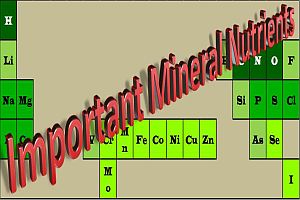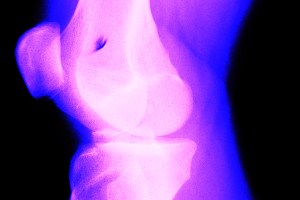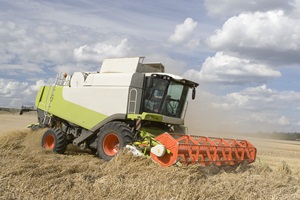Why Some Foods Just Make Us Feel Better
 There is a reason why you reach for the chocolate when you are feeling depressed. Scientists have been studying the connection between food and mood for a number of years, and they have found that the foods we eat have a definite influence on the state of our mood. After all, foods are essentially chemicals when broken down by the body’s digestive processes, and those chemicals all have some influence on the brain. The neurotransmitters most responsible for mood (such as serotonin, dopamine and acetylcholine) are all affected by what we eat.
There is a reason why you reach for the chocolate when you are feeling depressed. Scientists have been studying the connection between food and mood for a number of years, and they have found that the foods we eat have a definite influence on the state of our mood. After all, foods are essentially chemicals when broken down by the body’s digestive processes, and those chemicals all have some influence on the brain. The neurotransmitters most responsible for mood (such as serotonin, dopamine and acetylcholine) are all affected by what we eat.
Our feelings can be affected by foods in other ways as well. Something as simple as fluctuations in the level of our blood sugar can make a big difference mood-wise. Low blood sugar can make you feel tired and irritable, but too much sugar at once in our bloodstream can make you hyper. Sticking to a low-glycemic diet, in which the sugars from food are released slowly into the bloodstream, can keep your mood on a more even keel.
Carbohydrates may help to boost your mood (which is why we crave “comfort foods” like macaroni and cheese). Carbohydrates (such as those in fruits, vegetables, legumes and whole grains) assist in the production and absorption of tryptophan into the brain. With the assistance of B-vitamins, tryptophan is important for the synthesis of serotonin, a neurotransmitter that can boost mood. A study performed by scientists at Arizona State University found that a very low-carb diet caused feelings of fatigue and discouraged overweight subjects from exercising. Just be sure to avoid simple carbohydrates such as foods containing refined flour and refined sugar, as they will just spike your blood sugar and cause a subsequent energy and mood crash.
The consumption of foods rich in omega-3 fatty acids has been shown to help to ward off depression and reduce anger and irritability. Researchers believe that omega-3s enhance the pathways of important neurotransmitters. Study subjects who suffered from depression were found to have low levels of omega-3. Eating fatty fish three times a week, such as sardines, mackerel, herring and salmon, can help you get a healthy dose of omega-3 fatty acid.
Just as there are foods you should eat to improve your mood, there also foods you should avoid eating. In addition to refined foods, you should avoid excessive consumption of foods containing caffeine, alcohol, hydrogenated oils and artificial additives. These all have been shown to contribute to anxiety, depression and difficulty concentrating.
Foods high in vitamin D (fortified milk, sardines) and selenium (seafood, beans, nuts, seeds, legumes, lean meat and whole grains) can also boost feelings of happiness. A little dark chocolate would not go amiss either. Just a small amount (1.4 oz) of dark chocolate can reduce cortisol and catecholamines, the stress hormones. Just don’t overdo it, as too much sugar can negate chocolate’s beneficial effects.







